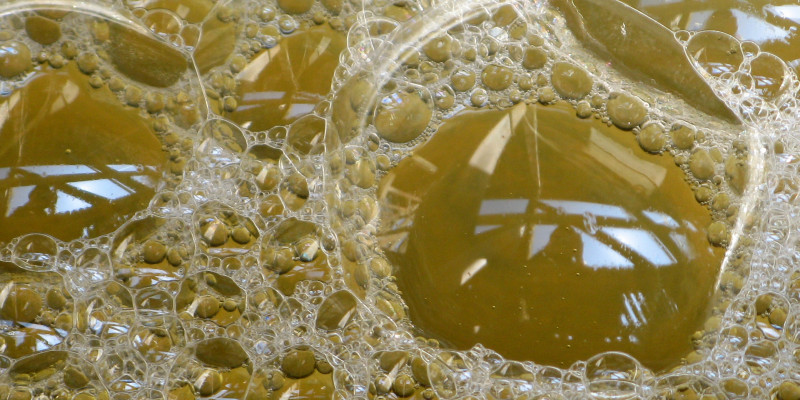Physicochemical treatment facilities mainly handle liquid hazardous waste, using physicochemical conversion reactions such as neutralization, oxidation or reduction. Prior to such processes, it is common for the hazardous substances to be concentrated through filtration, sedimentation, distillation, ion exchange or the like, so as to improve the process conditions or cost effectiveness of the process in question.
Most physicochemical treatment facilities are based on a technology and operating modality that is specific to the type of waste being treated. For information concerning the state of the art of selected types of physicochemical treatment installations in Germany, see the BAT document titled “Waste treatment plants” (issue C 275/15 of the Official Journal of the EU of 25 October 2006).
Upon delivery to the waste treatment installation, the target waste undergoes a series of laboratory tests aimed at identifying its contents so that a treatment protocol can be elaborated for the waste. In order to be properly treated, waste usually needs to undergo a series of processes whose nature is determined by the composition of the waste, its chemical reaction behaviour and the desired treatment outcome.
The treatment process is monitored in its entirety, so as to ensure that the maximum amount of pollutants are destroyed or converted.
According to Federal Statistical Office (Statistisches Bundesamt) figures, around 5.4 million tons of hazardous waste were treated at physicochemical waste treatment plants in Germany in 2010.
 Click to enlarge
Click to enlarge
